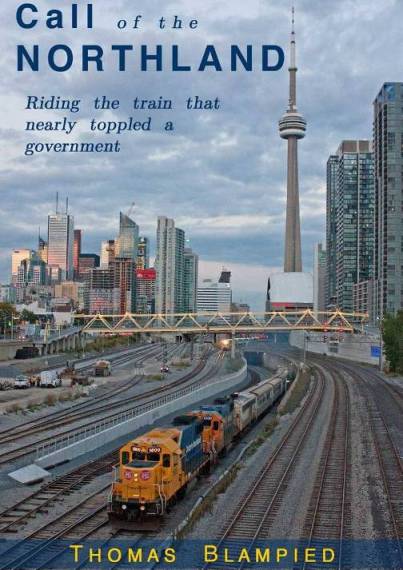http://www.thestarphoenix.com/index.html
To call Saskatchewan a major player in the global mining industry is a bit like saying Sidney Crosby is a good hockey player. Saskatchewan is a mining superstar.
It’s the world’s leading producer and exporter of potash, accounting for 30 per cent of the global supply of the agricultural nutrient potassium (one of three essential components of fertilizer, along with phosphorous and nitrogen.)
Potash was the top-ranked commodity produced in Canada in 2013, with a reported value of $6.1 billion, ahead of gold ($5.9 billion) and iron ore ($5.3 billion), according to Natural Resources Canada.
In fact, potash is the only mineral in which Canada is a world leader. And virtually all of that Canadian potash (96 per cent) was produced in Saskatchewan. (The remaining four per cent was produced at the Potash Corporation of Saskatchewan mine at Sussex, N.B.)
Saskatchewan is also a world leader in uranium production, with nearly 16 per cent of the world’s supply of the nuclear fuel source, placing Canada second among uranium-producing nations after Kazakhstan.
























